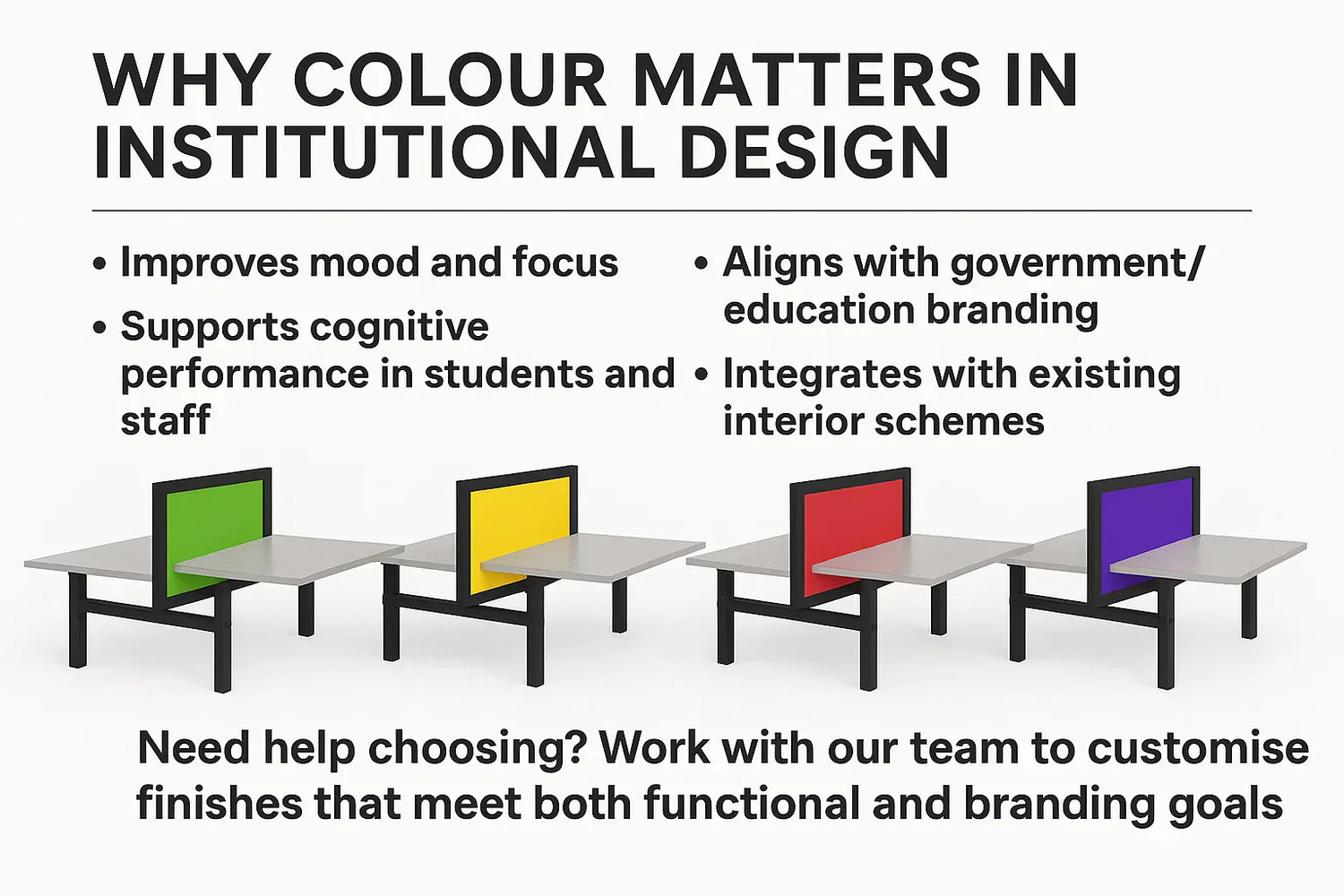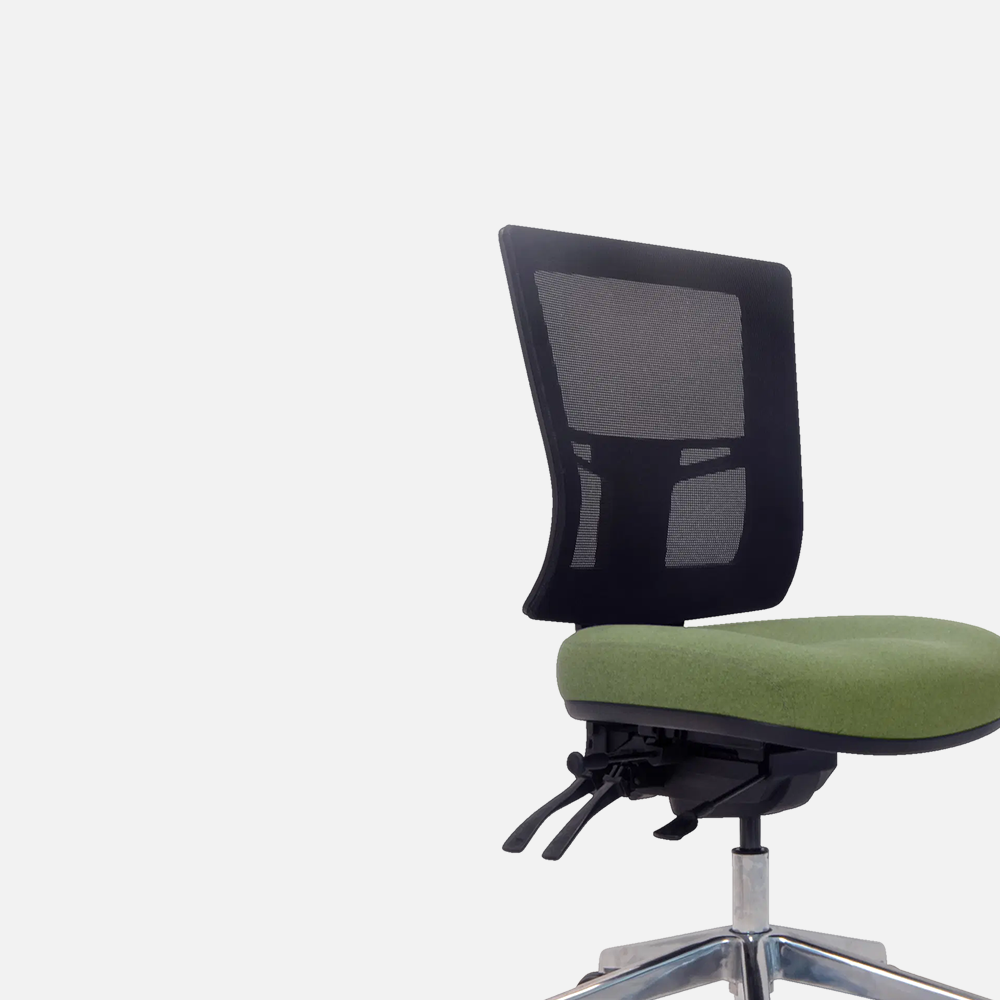Government departments, schools, and public sector institutions carry a dual responsibility—not only to deliver essential services to the public, but also to model best practices in workplace wellness and innovation. In 2025, sit-stand desks and the use of ergonomic office chairs have emerged as one of the most valuable ergonomic investments for these environments.
Far from being a passing trend, these adjustable desks for schools and government offices represent a forward-thinking approach to health, productivity, and regulatory compliance. Whether in a bustling education administration hub or a regional council office, sit-stand desks are proving their worth as a simple yet transformative upgrade.
The Ergonomic Imperative in Public Workspaces
Employees in the public sector—from clerical staff and administrators to school principals and regional planners—often spend long hours seated. Excessive sitting has been linked to a host of health issues, including musculoskeletal disorders, poor circulation, back pain, and even reduced cognitive performance.
For government agencies, this translates not only into decreased productivity but also increased claims for work-related injuries. For schools, it can mean absenteeism, low morale, and disruption in administrative continuity.
Sit-stand desks, which allow users to alternate between seated and standing positions, offer a simple ergonomic solution. By reducing static posture and encouraging movement, they address the root cause of many common workplace health complaints.
Compliance Meets Comfort: Meeting Australian WHS Standards
Australian Work Health and Safety (WHS) legislation requires that workplaces provide furniture and equipment that reduce health risks. This includes accommodating a range of body types and promoting ergonomic best practices.
Sit-stand desks for government offices help tick all the right boxes:
- Height adjustability to support different users throughout the day
- Better monitor alignment to minimise neck and eye strain
- Enhanced posture support through regular position changes
- Improved circulation and energy levels thanks to more movement
These desks are not only practical—they also symbolise a workplace that values safety and wellbeing.
Public Sector Procurement: Future-Proofing Work Environments
One major advantage of adjustable desks in schools and council buildings is their flexibility. In many public sector settings, especially those transitioning to hybrid work or hot-desking, having adaptable furniture is essential.
In education, teachers and administrators often share workstations. A height-adjustable desk makes this sharing seamless and ergonomic. In government offices, which may host a rotating staff of inspectors, planners, or policy specialists, memory-preset electric desks improve efficiency and comfort.
This versatility means that public procurement decisions today remain relevant for years, even as team structures and work models evolve.
Real-World Impact: A Council’s Experience
In late 2024, a local government in New South Wales implemented electric sit-stand desks in its finance and environmental planning departments. Prior to the change, ergonomic injuries were among the top reasons for sick leave.
Six months post-rollout, HR reported:
- A 23% reduction in absenteeism related to back and shoulder issues
- Improved productivity scores in quarterly performance reviews
- Positive feedback in staff satisfaction surveys, particularly among long-serving employees
The upgrade was also well received during an external audit, which noted compliance with state ergonomic recommendations.
Driving Wellness Culture in the Public Sector
Introducing sit-stand desks sends a clear message: that workplace health in the public sector is more than a checkbox—it’s a priority. This commitment influences everything from recruitment to retention.
In the education sector, where attracting and keeping skilled administrators can be challenging, improved workstations make a tangible difference. Likewise, government departments known for wellness-oriented cultures often see stronger employee engagement and lower turnover.
Adding ergonomic furniture also aligns with public commitments to health promotion and sustainability. Desks made from environmentally certified materials or featuring low-power motors contribute to broader ESG goals.
Choosing the Right Sit-Stand Desk for Public Sector Use
Procurement officers and facilities managers should consider:
- Durability: Commercial-grade desks that can withstand daily use by multiple users
- Ease of operation: Electric models with intuitive controls are more likely to be used properly
- Cable management: Critical in shared and open-plan environments
- Quiet motors: Important for focused government and school settings
- Compliance: Ensure the desk meets Australian safety and ergonomic standards
- Design consistency: Choose models that blend well with existing furnishings
To support decision-making, government and school administrators may find helpful guidance in Comcare’s official recommendations on workstation ergonomics.
Investing in the right desk upfront reduces risk and improves adoption across departments.
Conclusion: Leading with Healthy Design
Government and education workplaces should not lag behind in workplace innovation—they should lead. Sit-stand desks in government settings and adjustable desks in schools are an accessible, impactful way to champion wellbeing, improve productivity, and model best practice.
By investing in adjustable desks now, public sector leaders can:
- Enhance employee comfort
- Reduce injury-related downtime
- Align with WHS compliance mandates
- Future-proof workspaces for hybrid and shared use
- Reinforce their leadership in workplace wellness and design
In short, it’s not just a good idea—it’s the smart thing to do.








